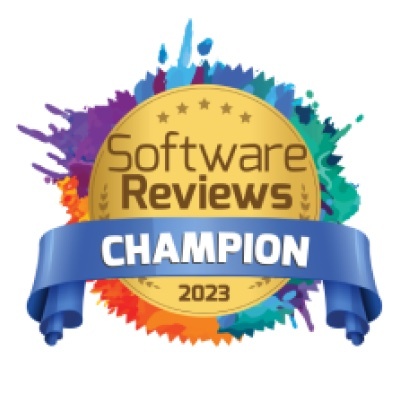Tracing data lineage is important for identifying the source of data errors (root cause analysis), predicting what could break if a proposed change is made to your data systems (impact analysis), proving regulatory compliance and more.
To accomplish any of those mission-critical tasks, you need to be able to follow the flow of data assets as they enter and move through your systems. Data lineage is the life story of any data asset from where it entered your environment until where it ends up. The data lineage map includes everything that happened to the data asset along the way: what transformations it went through, what calculations it was a part of and what fields it influenced.
For some tasks, you need to trace the data lineage backward from the asset in question to its source. For others, you need to trace the data lineage forward from the asset source through to analytics and reporting.
Data lineage vs data traceability
The ability to have transparency into your data flow across your entire data landscape is known as data traceability. Data traceability confirms data accuracy, supports data-driven decision-making and is mandatory for compliance with many regulatory standards.
Data traceability is a goal. Data lineage is the tool that enables you to reach the goal. Data lineage tracking puts data traceability and all of its business benefits within reach.


